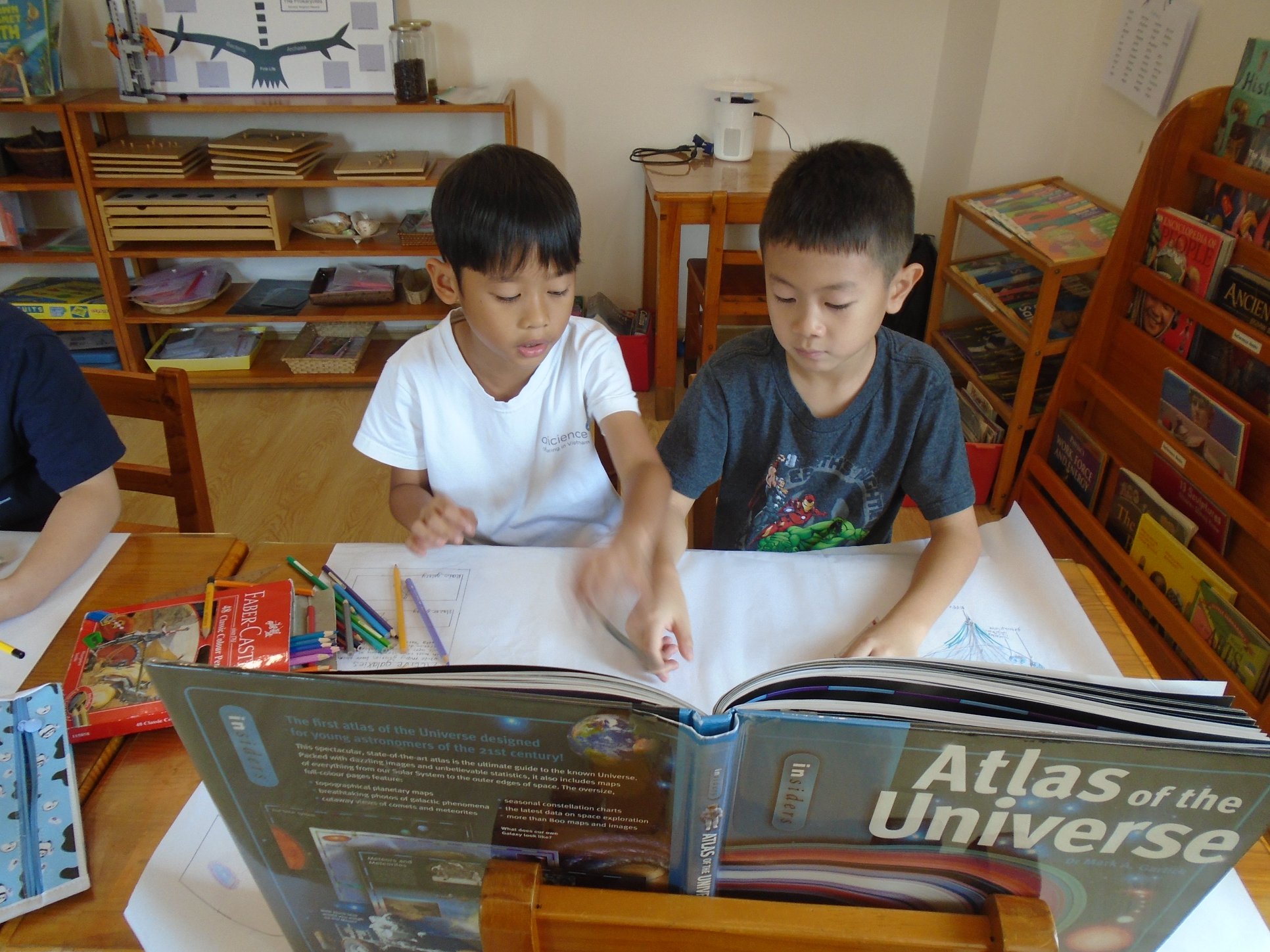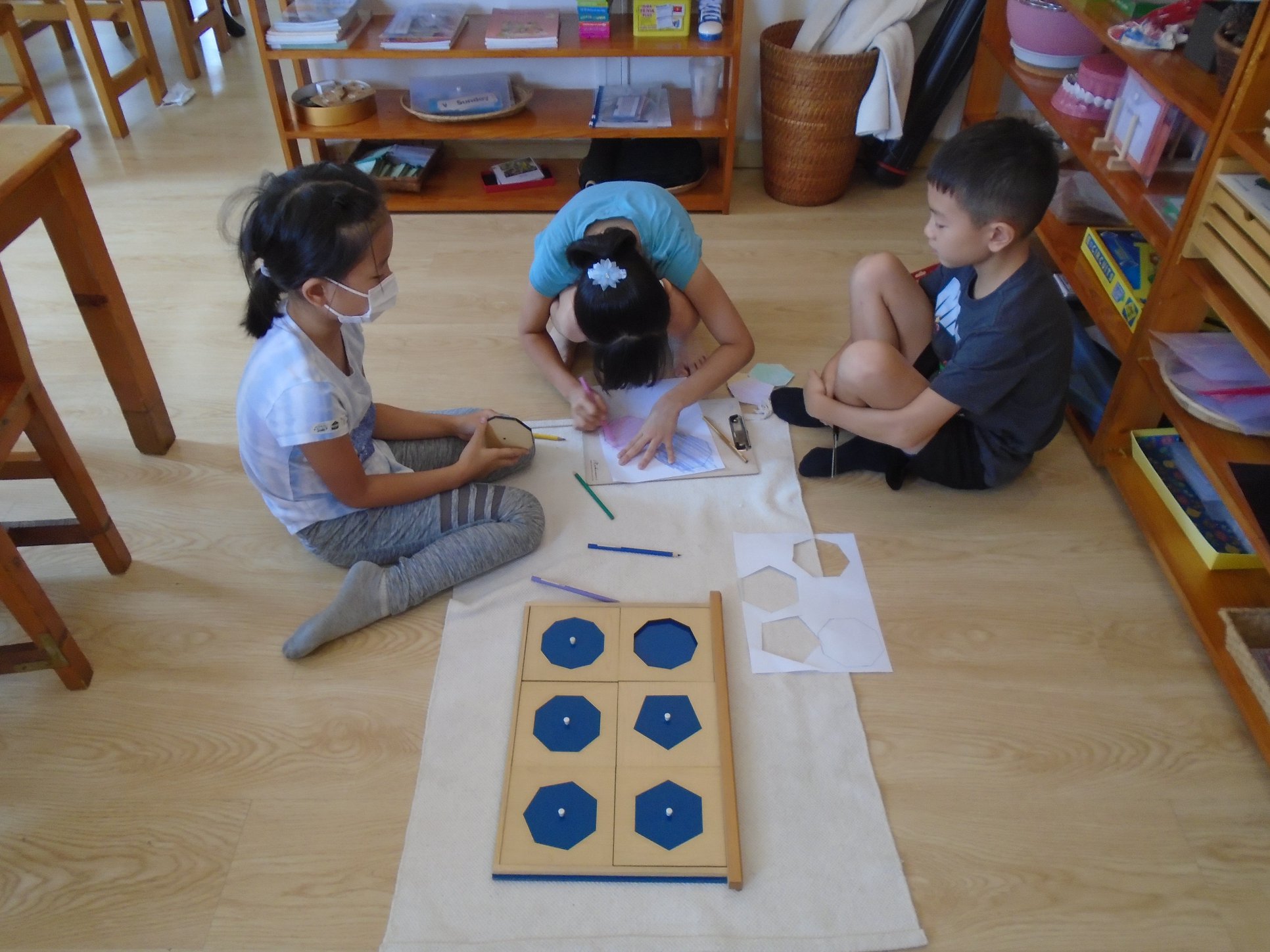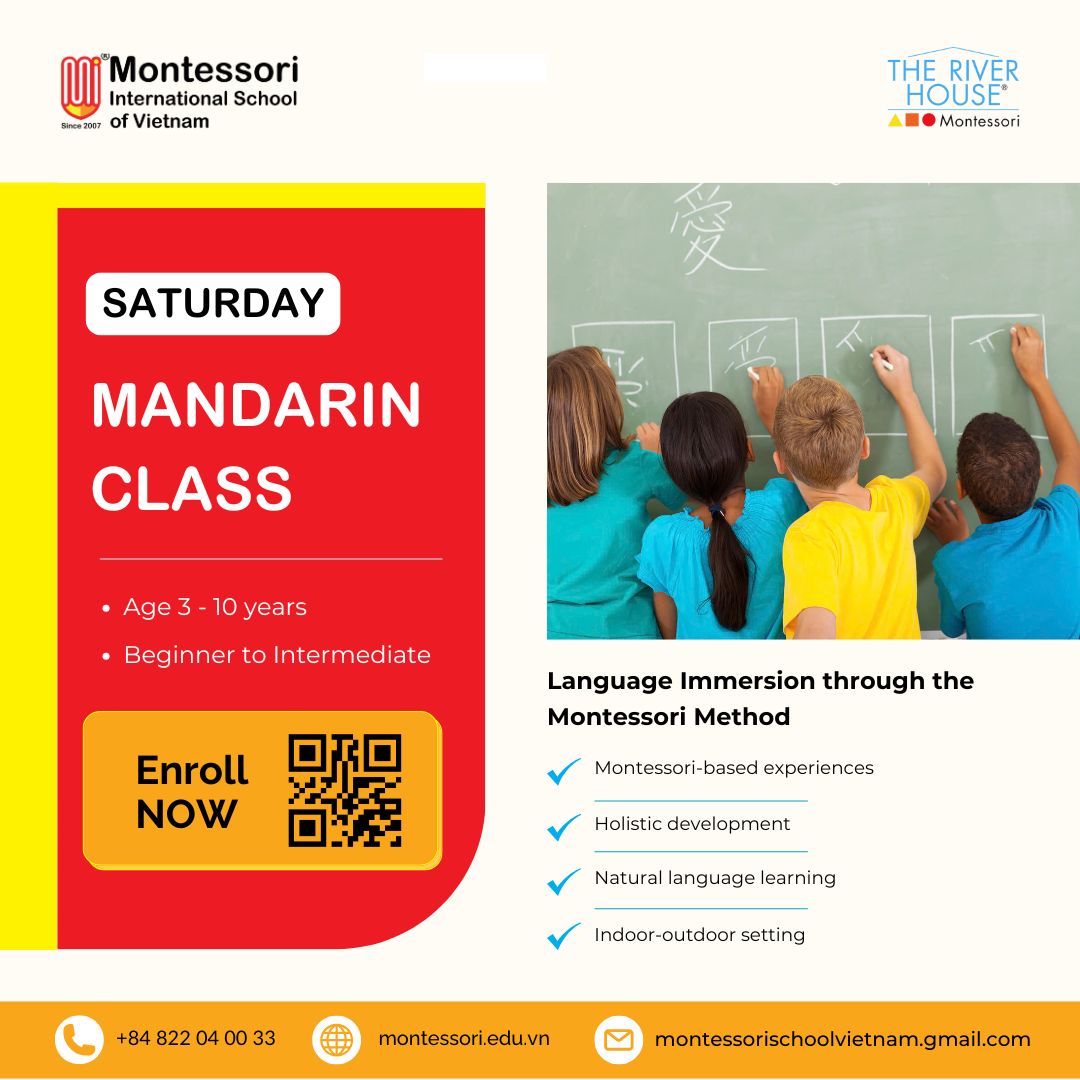What is EAL in education?
Teaching English as an Additional Language involves supporting learners to access a mainstream curriculum taught in English. For those learners, English is not their first language – they are acquiring proficiency in the language while also learning subjects through English.
What is “EAL provision” in practice?
Accessing the curriculum
EAL learners need support to access curriculum content that is delivered in English. Typically, they are learning the same content as other learners. Gaps in language knowledge may be barriers to accessing content due to their current level of English.
The role of an EAL teacher is to identify those gaps and to support learners in overcoming them. Those gaps could relate to any skill (reading, listening, speaking…), or system (vocabulary, grammar, pronunciation), and are not mutually exclusive.
EAL teachers work in subject classes and work closely with the head teachers. They may help learners to access subject content “in the moment” during class. In practice, that might mean clarifying instructions, supporting a reading text, teaching and concept checking keywords for the topic, or providing sentence stems or ‘process language’ to help learners articulate their thoughts…
At a planning level, EAL teachers may adapt content to make it more accessible. For example, they might grade a text or use text enhancement techniques to draw attention to important features of the language, bring accompanying visuals to build context, create scaffolded tasks to help learners process the content, create consolidation tasks, provide graphic organizers to help record learning, plan tasks to help develop learners’ knowledge of word formation, and so much more.

Developing general communication skills
EAL support is not just about accessing the academic aspects of a curriculum. EAL learners may also need to develop their general level of communication in English, which can help them on a day-to-day basis. School is a place for building friendships, expressing oneself, developing interests, and much more besides just acquiring academic skills and qualifications.
In order to better integrate into a school community, EAL learners need to feel confident to communicate in and out of the classroom. The role of an EAL practitioner is also to facilitate learners in developing such skills.
In summary
EAL involves teaching curriculum content in English, to learners whose first language is not English. It is commonplace in a variety of national and international contexts, and the profile of EAL learners varies considerably. EAL provision should focus on bridging language gaps and helping language development to access curriculum content.


